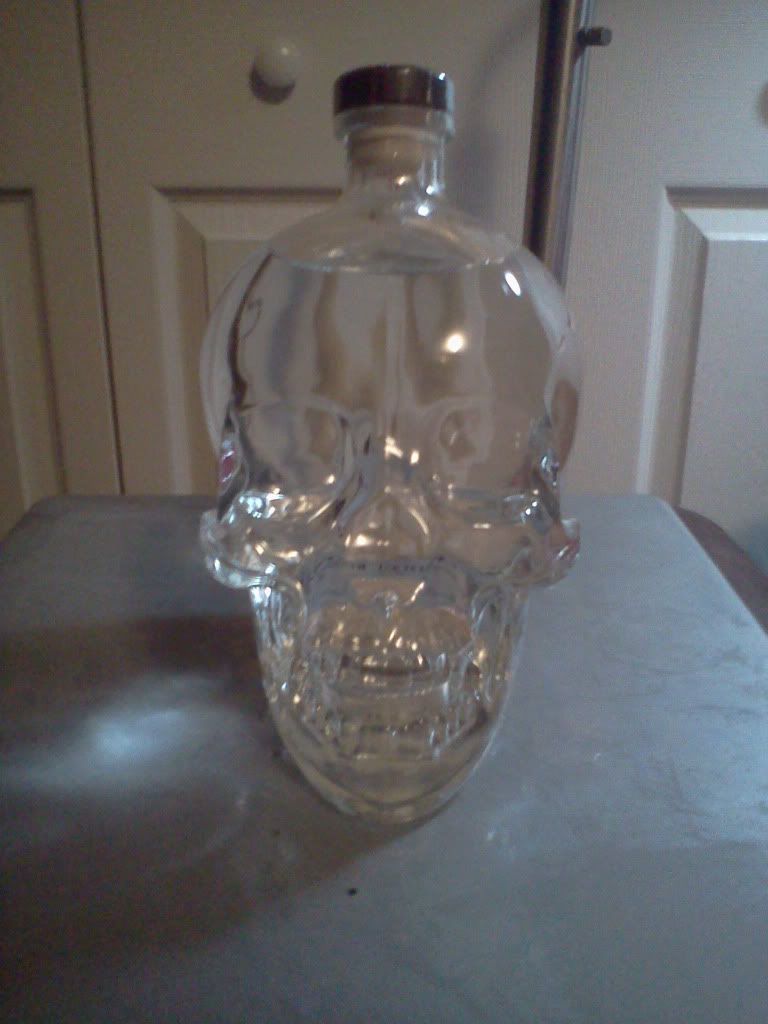
After Halloween: The Curse of Michael Myers, the Halloween franchise seemed to have run out of steam, tangled in its own convoluted continuity. Was Michael subject to the Curse of Thorn? The result of a genetics experiment? It was unclear where to go with the story, and the box office receipts had been in decline for some time, while costs were rising. I suppose in 1996, it seemed doubtful Michael Myers would ever be given a chance to increase his body count. A couple of things happened, though, which brought him back to life, just as he always revived from whatever apparent death he suffered on screen.
First of all, Scream came out, which led to a brief revival of slasher movies. Secondly, Jamie Leigh Curtis became interested in doing a follow-up to the earlier films, something she had been deadfast against. I’ve always assumed this was partially because her career was slowing as she hit the 40-year-old wall that limits the opportunities of actresses, but that’s just speculation. The fact that so many A-list actors and actresses appeared in the Scream franchise probably helped remove some of the career stigma as well. Whatever the reason, with her involvement, a new sequel was prepped to take advantage of the twentieth anniversary of the original, with the somewhat kludgey title of Halloween H2O: 20 Years Later. Story ideas were supplied by Kevin Williamson, the writer of the Scream franchise. John Carpenter was approached to direct and was interested, but the studio balked at his $10 million fee, which seems to have stemmed from lingering resentment at being done out of a rightful share of the profits for the original Halloween. Instead, the movie was directed by Steve Miner, a producer on the original Friday the 13th, and director of the first two sequels in that series.
The movie opens in Langdon, Illinois, presumably close to Haddonfield. (At first, I thought the government might have just given up and nuked Haddonfield due to the carnage there, but I guess that wasn’t the case.) On the day before Halloween, a familiar person visits Nurse Chambers (Dr. Loomis’s nurse from the first two movies), killing her and two neighbor boys. Michael is back! We get one final look at the (cinematic) incompetence of Illinois policemen, as they take forever to respond to the report of a burglary, then go to the house next door to where three murders are being committed.
The scene shifts to California, the next day (finally, they won’t have to work around all the greenery at Halloween). Laurie Strode (Jamie Leigh Curtis) has faked her own death, changed her name to Keri Tate, and is working as headmistress at a posh boarding school, living with her son John (Josh Hartnett, in his first film role). No one knows of her secret, but she hasn’t exactly ended up well adjusted, and still suffers from various psychological problems centered on Halloween. Frankly, she’s a bit of a shrew, but who can blame her? At Halloween, the school is deserted except for Jamie, her boyfriend Will (Adam Arkin), her son, his girlfriend Molly (Michelle Williams in another early role), two of their friends, and a security guard played by LL Cool J. Michael shows up to continue his life mission of killing his entire family, and soon various actors and actresses are being impaled by sharp things.
Although there was originally to be plot points that explained how this movie fit with the fourth through sixth installments, the decision was made that they would be ignored as if nothing had happened since Halloween II, although Laurie’s fake death remains as a remnant of that earlier version. No explanation is given for where Michael has been for the last twenty years, although I like to think he was working as a chef at Benihana. Poor Jamie from the preceding films never existed, although since she ended up spending most of her life being raped as part of a breeding experiment, that may be for the best.
Anyway, carnage ensues, many secondary characters die, and we get a face-off between Laurie/Keri and her big brother. Blood is spilled, although H2O continues the tradition of the series being less gory than most of its counterparts (never fear on that point, gore fans, Rob Zombie is on the way), and Michael is once again killed for good. Despite the seeming finality of his demise this time, having seen his previous five appearances, I’m betting he’ll get better soon.
So, what’s the verdict? Surprisingly good, to be honest. I’ve never been much of a fan of Steve Miner, but the film does a good job of building suspense, swapping a high body count for increased tension. The cast is pretty good, and film buffs will enjoy the small part played by Janet Leigh (Psycho) who is of course Jamie Leigh Curtis’ real life mother. She gets to repeat the “one good scare” line from the first movie, and give us an in-joke when she asks Laurie if she can “be maternal for a moment.” I think if you are a fan of the first two, you can segue right into this one without any real disappointment.
For the trivia buffs, the two movies seen briefly on TV sets (a series trademark) are the legendarily awful Plan 9 From Outer Space, and writer Kevin Williamson’s Scream 2.
.

























